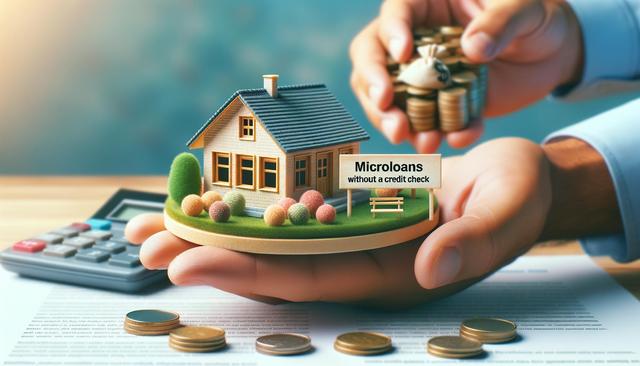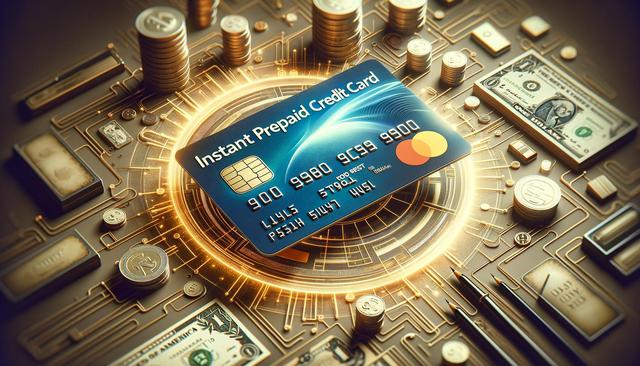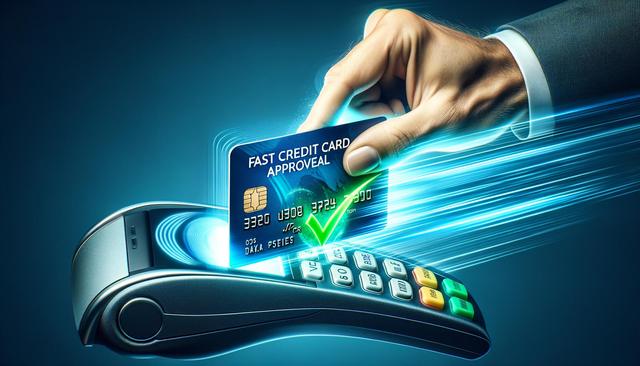Understanding Microloans and Their Purpose
Microloans are small, short-term financial loans designed to help individuals or small businesses cover immediate expenses. These loans typically range from a few hundred to a few thousand in value, and they are often used for urgent needs such as medical bills, repairs, or startup costs. Unlike traditional bank loans, microloans without credit checks do not require a borrower’s credit score to determine eligibility, making them more accessible to a wider range of people.
The primary goal of microloans is to provide financial support to those who may not qualify for conventional lending options. These loans have gained traction among self-employed individuals, freelancers, and small business owners who might not meet the stringent requirements of larger financial institutions. The absence of a credit check means that lenders assess borrowers based on alternative criteria, such as income stability or business viability.
Microloans can serve as a valuable tool for financial inclusion, particularly for people who are rebuilding their finances or are new to credit systems. In many cases, they offer a stepping stone toward establishing a stronger financial foundation.
Who Can Benefit from Microloans Without Credit Checks?
Microloans without credit checks are especially helpful for individuals who have limited or problematic credit histories. These loans are often considered by:
- Young adults or students with no established credit
- Individuals recovering from financial difficulties or bankruptcy
- Gig economy workers or freelancers with inconsistent income
- Entrepreneurs launching small ventures with minimal capital
Because these loans are based on factors other than credit scores, they open up opportunities for people who might otherwise be excluded from the financial system. For instance, lenders may consider employment history, current income, or even references when evaluating applications.
While the accessibility is a key advantage, it’s important for borrowers to understand the terms and ensure they can comfortably meet repayment obligations. Responsible use of such loans can help individuals manage short-term financial gaps and avoid more severe consequences like overdraft fees or missed bill payments.
The Application Process: What to Expect
Applying for a microloan without a credit check is often designed to be straightforward and quick. Many lenders offer online applications with minimal documentation requirements. Here’s a general overview of what applicants can expect:
- Completion of a short application form
- Submission of proof of income or employment
- Bank account verification for fund disbursement
- Approval decisions within hours or one business day
Because there’s no need for a credit report review, the approval process is typically much faster than that of traditional loans. This makes microloans particularly appealing in emergency situations where time is critical.
However, applicants should still take the time to compare lending options, review terms carefully, and be wary of high fees or hidden charges. Transparency is key, and reputable lenders will clearly outline all conditions before finalizing the agreement.
Responsible Borrowing and Financial Considerations
While the ease of access to microloans without credit checks is a significant advantage, it also calls for careful financial planning. Borrowers should only take out a loan if they are confident in their ability to repay it on time. Failing to do so can lead to additional fees and potential collection activity, even if the loan doesn’t appear on a credit report.
To make informed decisions, consider the following:
- Review the total repayment amount, including interest and fees
- Set a realistic budget for repayment
- Use the loan for essential or income-generating purposes
- Consider alternatives such as borrowing from friends or seeking financial counseling
Using microloans responsibly can help bridge financial gaps without jeopardizing long-term financial health. In addition, some lenders offer the option to report payment history to credit bureaus, which can help borrowers gradually build or rebuild their credit profiles.
Alternatives and Long-Term Financial Planning
Although microloans without credit checks are useful in specific scenarios, they are not always the most cost-effective solution. It’s important to explore other financial options that might offer lower interest rates or more favorable terms. These can include:
- Credit union small-dollar loans
- Community development financial institutions (CDFIs)
- Employer-based loan programs
- Government assistance or grants for small businesses
Each alternative comes with its own set of requirements and benefits. Taking the time to understand these options can help borrowers make choices that support both immediate needs and long-term goals.
Additionally, developing a long-term financial plan that includes saving, budgeting, and building credit can reduce reliance on short-term borrowing. Financial literacy resources and tools can empower individuals to make more informed financial decisions over time.
Conclusion: Making Informed Choices with Microloans
Microloans without credit checks offer a practical solution for those who need immediate financial assistance but are unable to access traditional credit. By understanding how these loans work, who they benefit, and how to use them responsibly, individuals can leverage them as a temporary financial bridge rather than a long-term dependency.
For anyone considering this option, taking the time to evaluate needs, compare lenders, and plan for repayment is essential. When used wisely, microloans can provide the support needed to handle unexpected expenses or pursue personal and professional goals without the barrier of a credit score.


